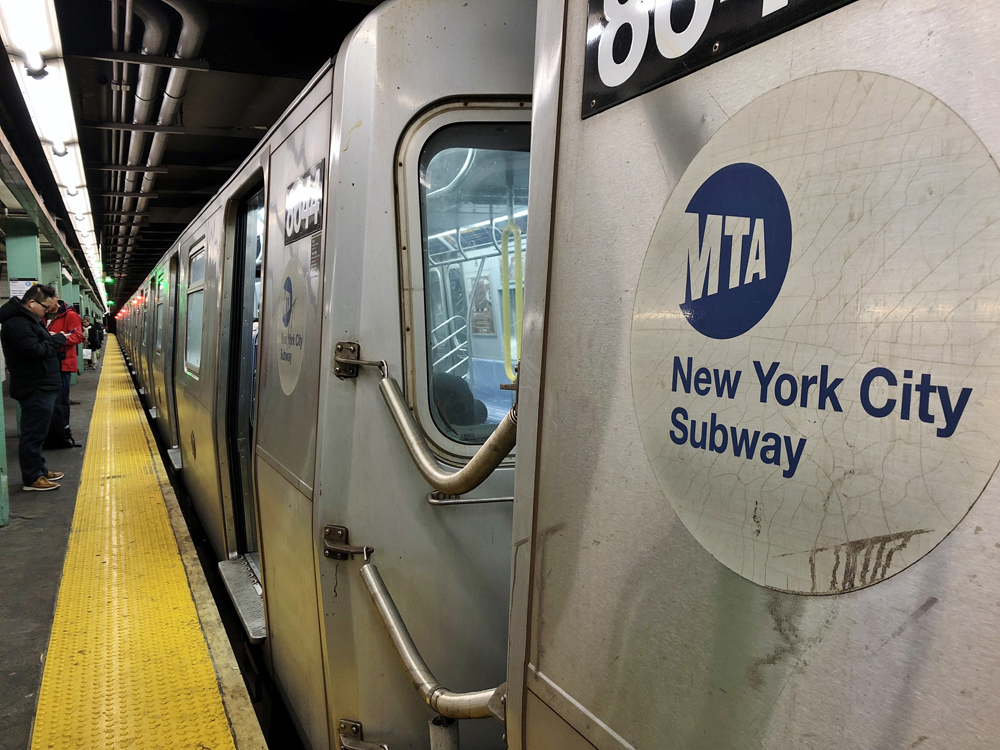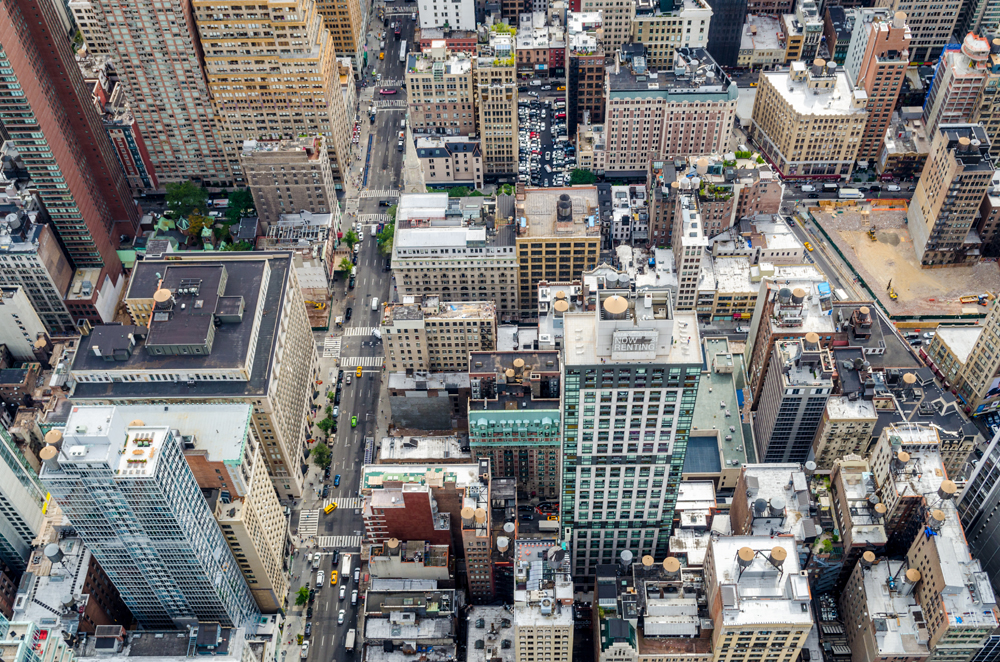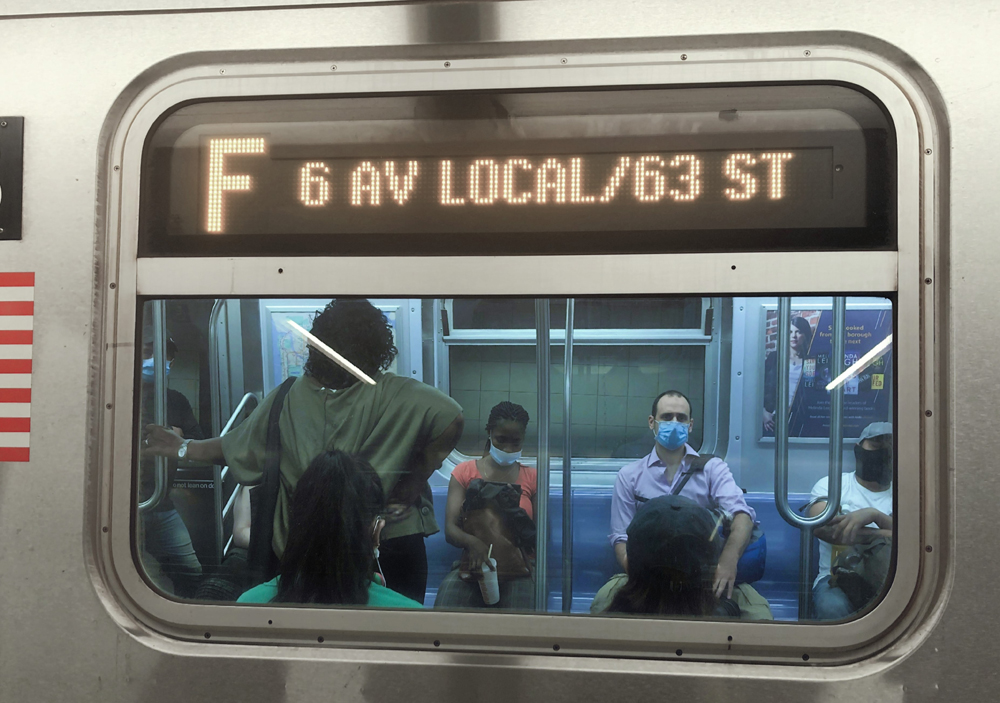
In the US, there is a vote in November which will have tremendous ramifications for the country’s public transportation industry. No, it’s not that vote, the Trump versus Biden one, although that is clearly important too. No, the vote in question will be taken by the New York Metropolitan Transportation Authority (MTA)’s board on its financial plan for 2021.
“That is the point at which we would have to begin implementing service reductions and lay-offs,” warns Patrick Foye, MTA chairman & CEO. “To be clear, those are steps which we do not want to take.”
But take them MTA will – unless it receives a vast cash injection from the US government. The agency has made $2.5 billion of cuts and will take out another $1bn in 2021, insists Foye: “But this is a problem we cannot cut our way out of.”
The figures are sobering: the MTA is the largest public transport agency in North America, covering subways, buses and commuter rail. It is losing $200,000 per week and faces a $16bn deficit through to 2024. Take a moment to let that sink in: $200,000 per week is a lot of change. Small wonder that Foye says MTA “desperately” needs $12bn in federal funding for the rest of this year and 2021 just to cover lost revenue.
National crisis
In a video interview for the Reuters Newsmaker series, Foye explained that the decline in MTA revenue and ridership this year has been “way worse” than during the Great Depression. Back in the hungry 1930s, subway passengers were ‘only’ down 12%; at the height of the pandemic this year, ridership was down 95% (although this had climbed back to more like a 70% fall by the beginning of September 2020). Meanwhile buses are 50% down – compared with a 16% drop in bus and streetcar ridership during the Depression, Foye says.
The MTA has already had a lot of government cash: the bipartisan Cares Act gave the MTA $3.9bn. “We exhausted that funding July 24,” says Foye simply. While grateful for the money, the current pandemic is a “national crisis that requires a national solution”.
Only the federal government can help; and it should, he argues, because of “the importance of the MTA to New York” - and the importance of New York to the country.
“There is no other level of government in the US that has the ability to fund states and cities and agencies like the MTA,” he says. “It is in the national interest to fund the MTA because the New York City region accounts for such a significant portion [around 10%] of national GDP.”

If the money is not forthcoming, those service reductions (up to 50% on Metro-North commuter trains and 40% on Staten Island Railway, for example) will have to happen. And then there is the significant matter of 8,400 layoffs. “We may have to do more than that depending on what happens in the general economy and what happens with ridership and revenue,” Foye says. In addition to these thousands of job losses, there will be “greater than anticipated fare and toll increases”.
“We’re acutely aware that the unemployment rate in New York is 20% and higher – and the underemployed [figure] worsens that, especially in minority communities,” he told Reuters. “Raising tolls and fares is not something we want to contemplate, it is not the right environment to do that – but we may be forced to.”
Capital plan
Before coronavirus, MTA’s subways typically carried 5.5m people per day. Despite the massive decline in ridership, MTA is still carrying 1.5m passengers on subways and nearly a million on buses: “That is, in the US, a very large transit system.”
But rider numbers will still be down into 2021, Foye thinks. Yet it could all have been so different. At the start of 2020, he was looking forward to a “great year”, with expectations of an $80m surplus and a $51.5bn capital plan in place.
That plan “has the potential to revolutionise mass transit in New York, affecting positively every part of the system”. But it is on hold right now – which means so are resignalling the subway systems, electric bus orders and investment in rolling stock. This means there is now the very real threat of service deterioration, he says, akin to the 1970s and 1980s. People around at the time would remember the following: “Delays, breakdowns, graffiti-covered cars, a sense of disorder on the system – but mostly, frankly, just really lousy service. None of us wants to go back to that.”
Any decline “feeds on itself and has economic, operational consequences”. Environmental goals would be damaged: “The MTA takes millions of cars off the road every year and puts people on mass transit.”
There is also a social equity consideration, with the capital plan including investment in East Harlem and East Bronx, “to allow those residents to better access employment opportunities”. Indeed, funding the entire system is in the interests of working-class New Yorkers, Foye maintains, including “low-income people who don’t have the option to get in a personal vehicle; maintaining and improving the MTA system for those folks is critical”.
Foye continues: “There will be fewer people employed in New York City and the region – and the nation – if the MTA doesn’t get funding. The economic recovery will be stunted and thwarted if that doesn’t happen. There will be less tax revenue generated for the federal government, the state of New York and the city of New York. The economy will be depressed. There’s a great deal of uncertainty around it which is why we have been ringing the alarm. If reason prevails and the national interest is pursued by the Senate in Washington, the MTA will be financed.”
Not to fund the MTA would be “punitive, wrong and not in the national interest”, he concludes. It’s powerful stuff. And while nothing is certain, that other vote in November could hold a clue. Democratic presidential hopeful Joe Biden has been a commuter on Amtrak “and a supporter of public transit and mass transit his entire career”, Foye says. Nervous times ahead.
Is it safe?
A key factor in the massive drop in public transport ridership worldwide has been home working – people simply haven’t been commuting. But as lockdowns ease there is another reason why commuters may not return: fear of infection.
“There has been no research which identifies mass transit as a vector of increases in the virus, as long as mask-wearing is at high levels,” insists Patrick Foye, CEO of New York Metropolitan Transportation Authority (MTA).

He rides the Long Island Railroad and the subways every day and his experience is that mask compliance is “very high”. The MTA surveys it at around 90% but Foye acknowledges: “It is beginning to slip slightly.”
That’s a big deal – not least because it’s against the law in New York state not to wear one while using public transportation. As well as a “robust” messaging campaign on the issue, MTA has distributed millions of masks to customers. Foye has even been on ‘mask patrol’ himself: “The most important thing anyone can do is wear a mask.”
MTA has been in discussions with tech giant Apple about facial recognition technology – specifically to find a solution that does not require MTA customers to take their masks off to use facial identification. “They’re working on it,” he says. “I’m confident there’s a solution to this.”
Fingerprint authorisation of devices continues but Foye says: “Taking your mask off to start your device, even for a relatively short period of time, introduces some level of risk – and we’re all about minimising the public health risk to our customers and to our employees.”
As well as zealously cleaning rolling stock and vehicles, MTA is looking at the use of ultraviolet light and antimicrobials in a bid to eradicate Covid-19. Foye also says that surveys show 70% of MTA customers have never seen stations or carriages cleaner than they are now.











